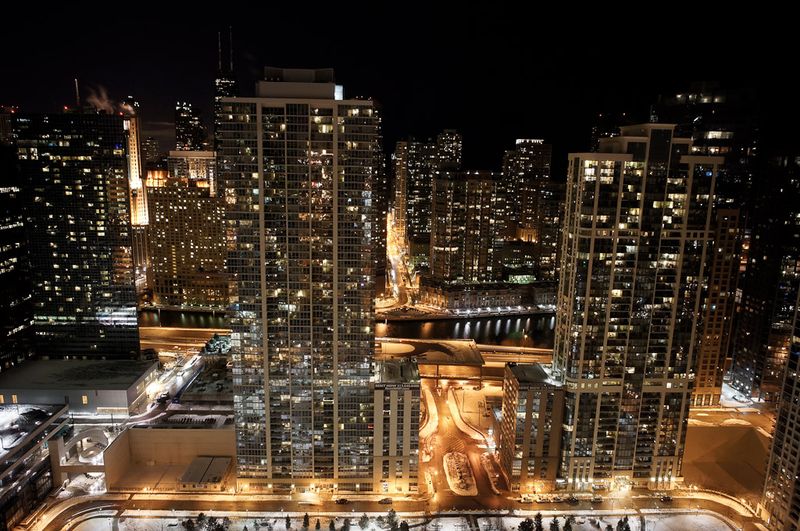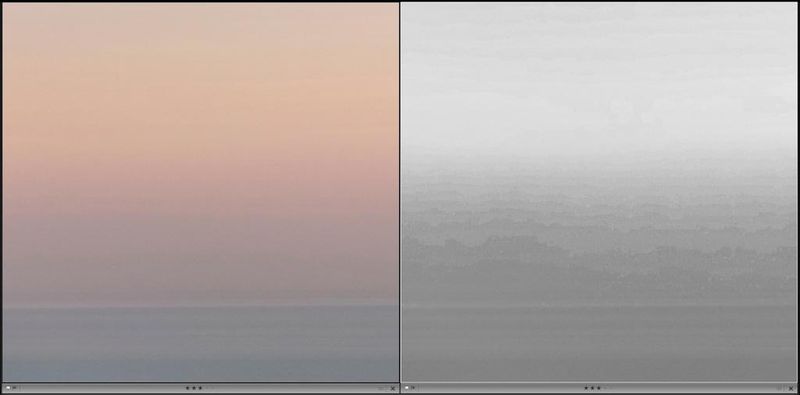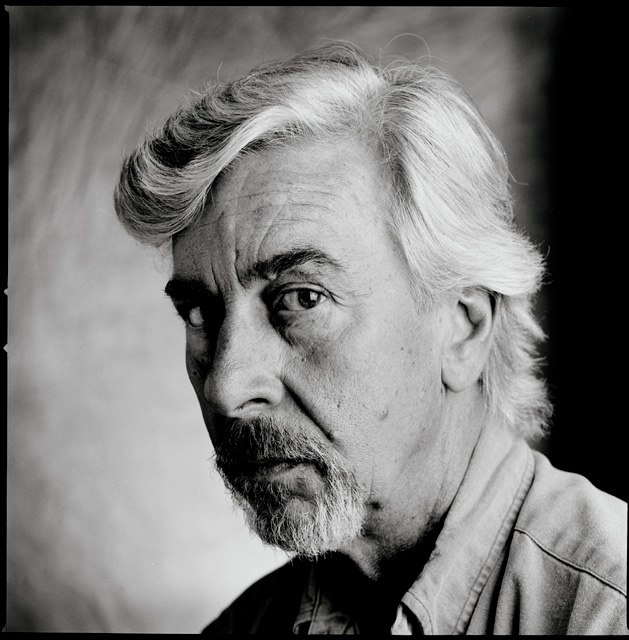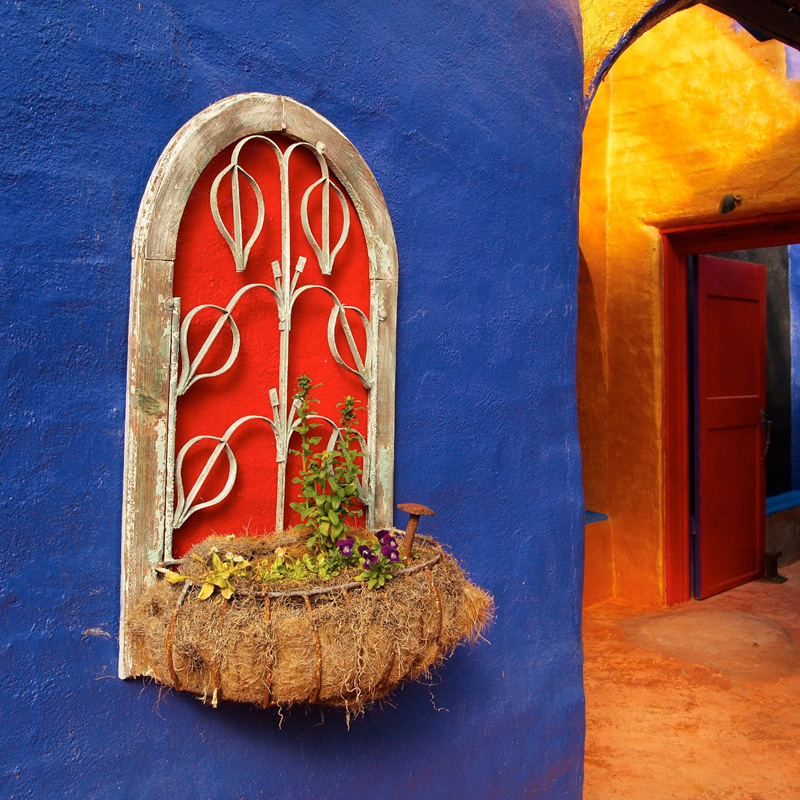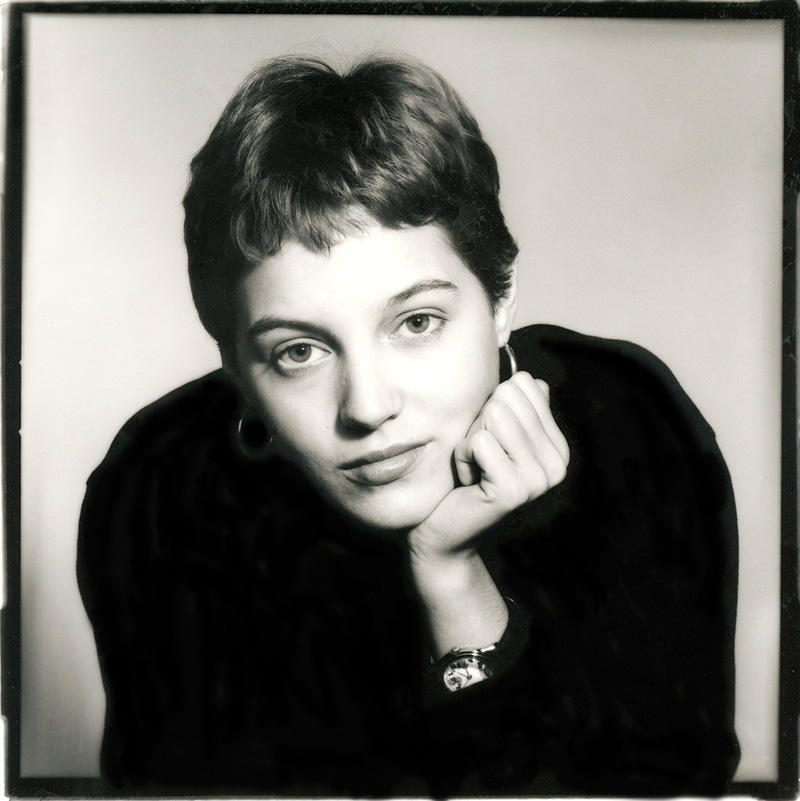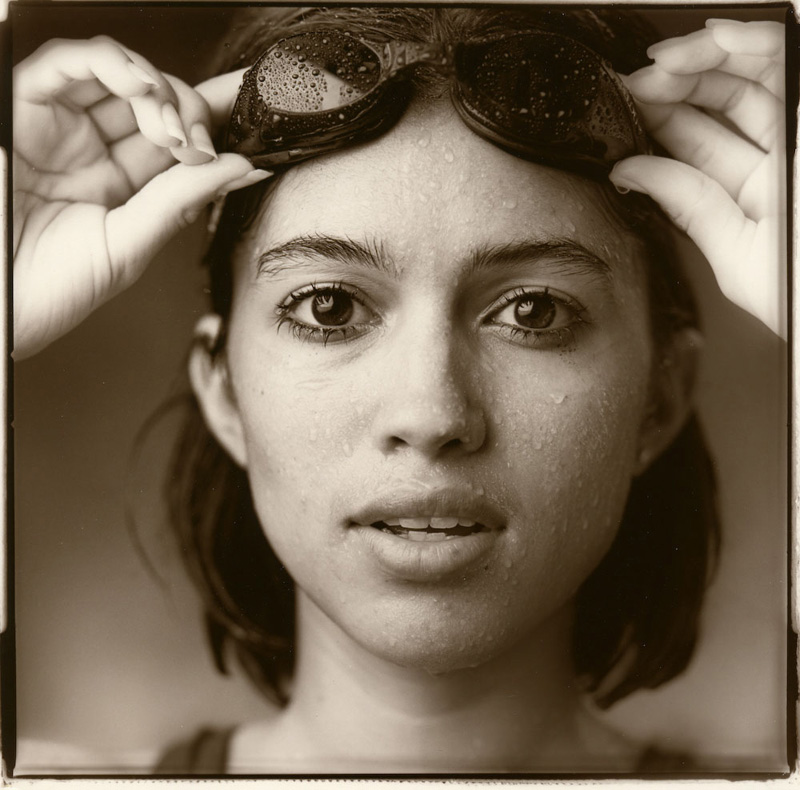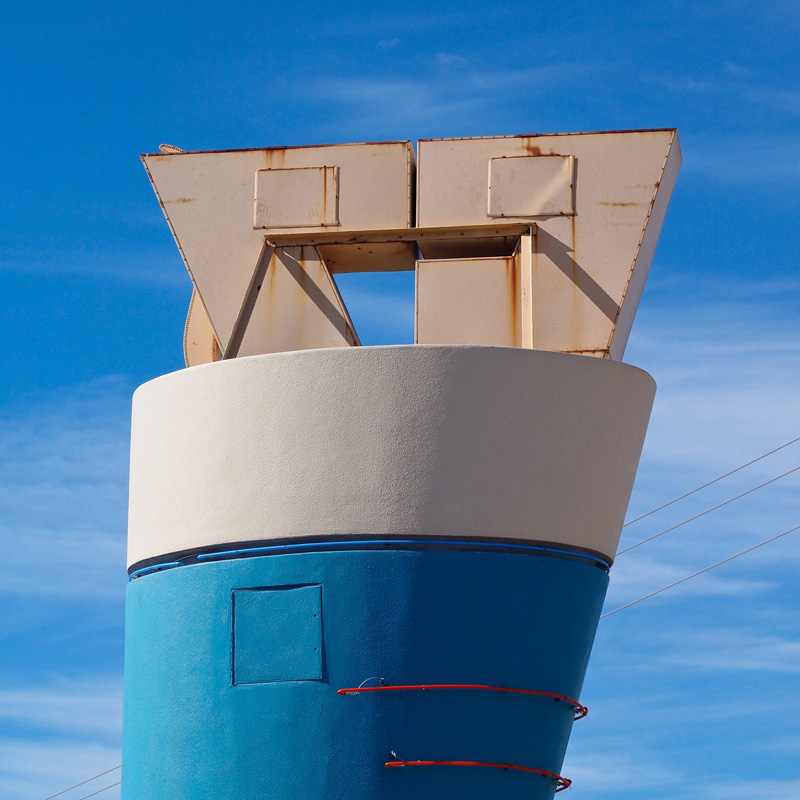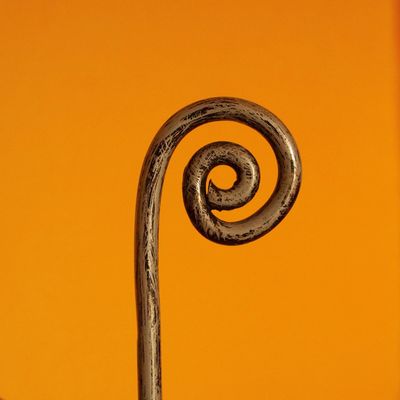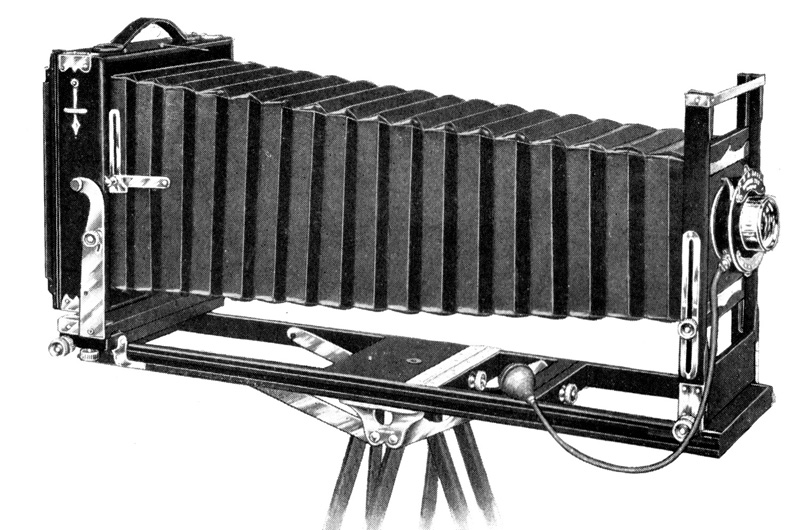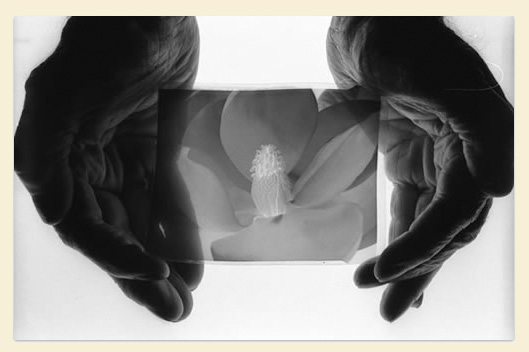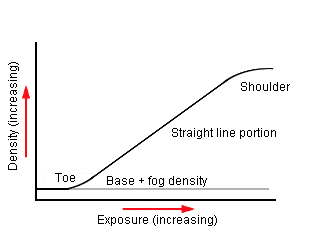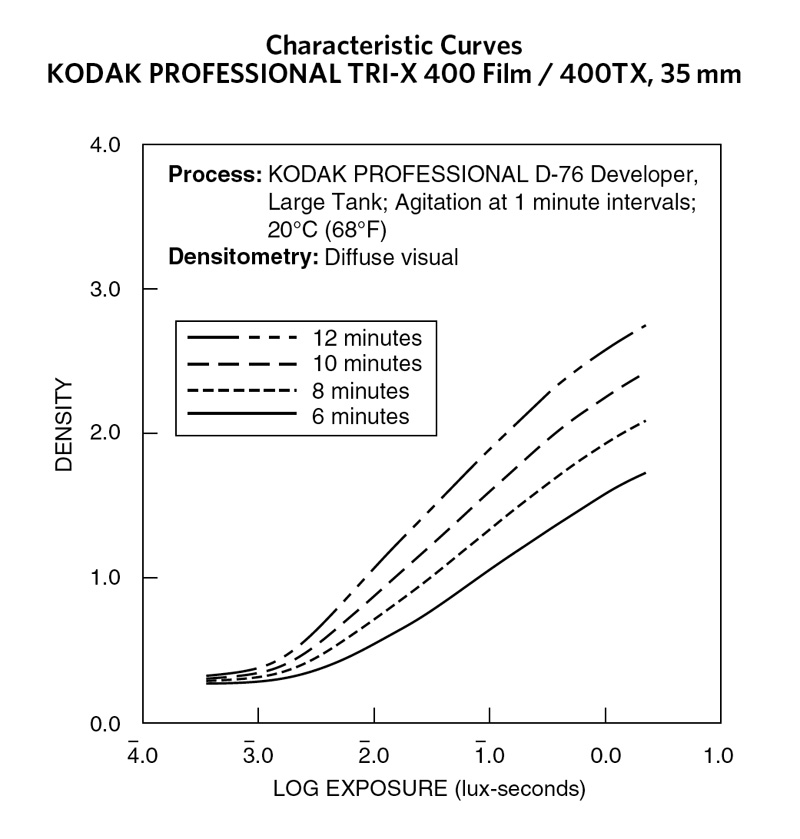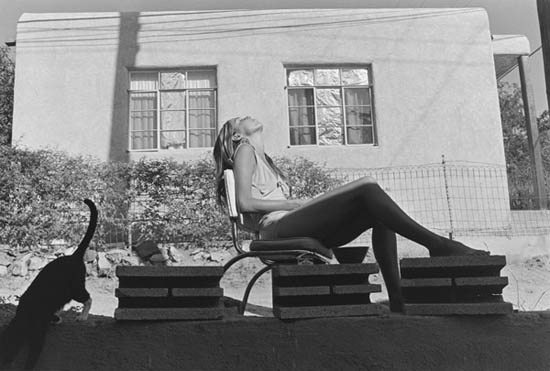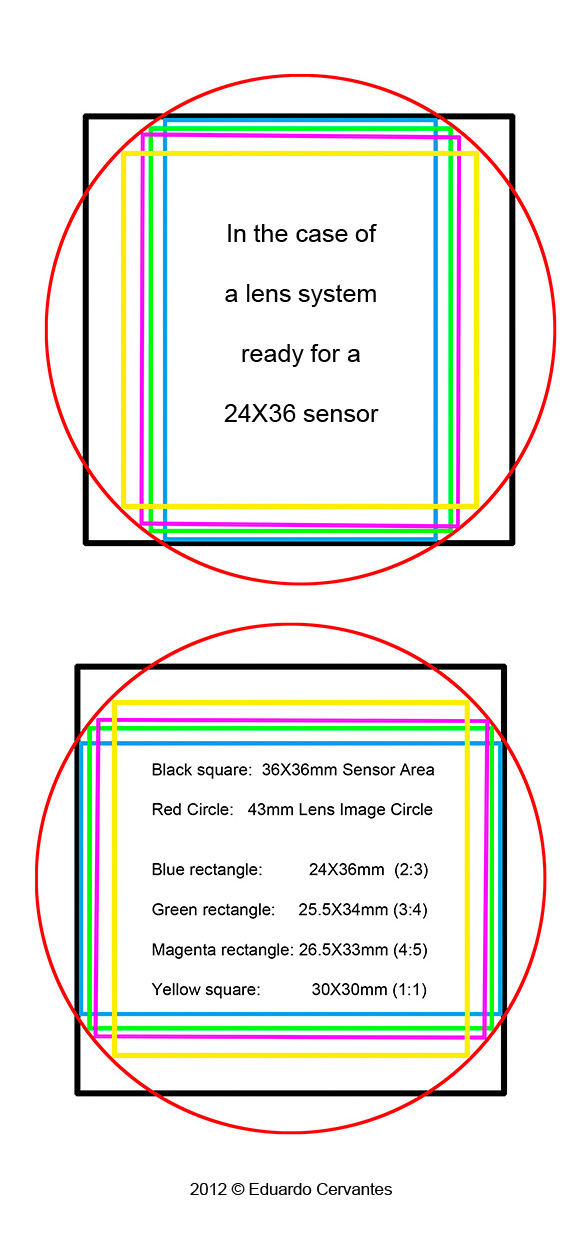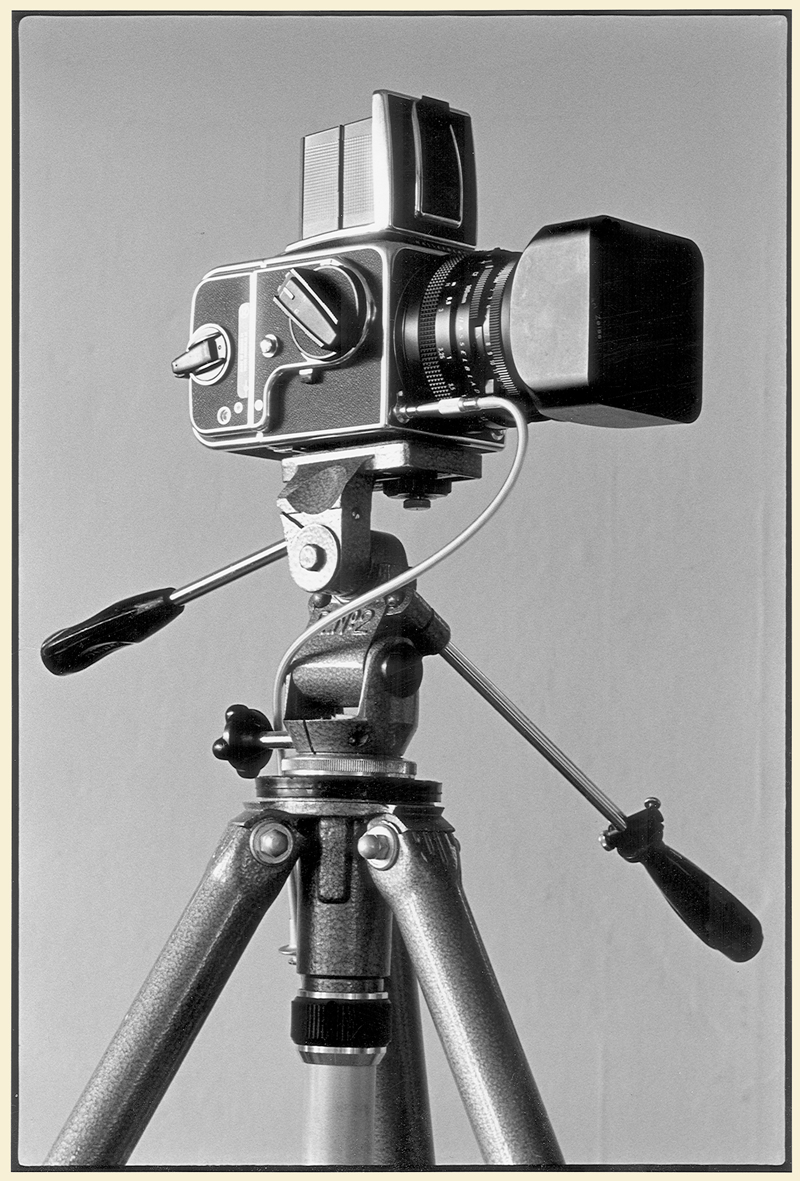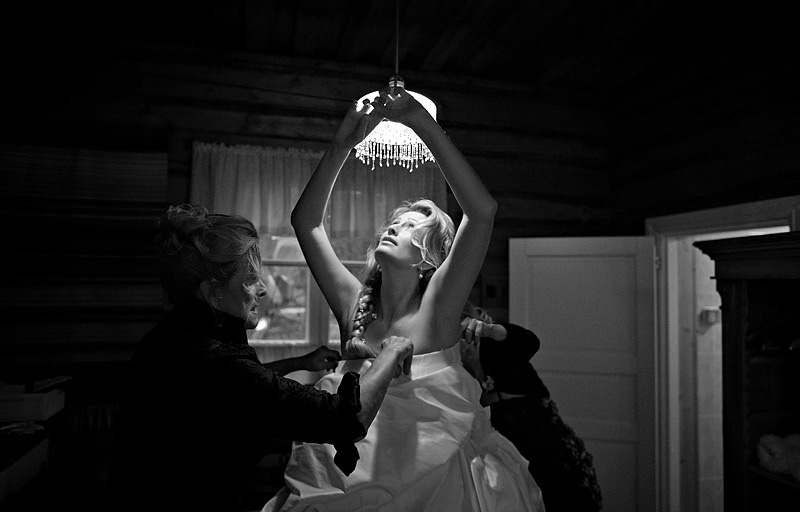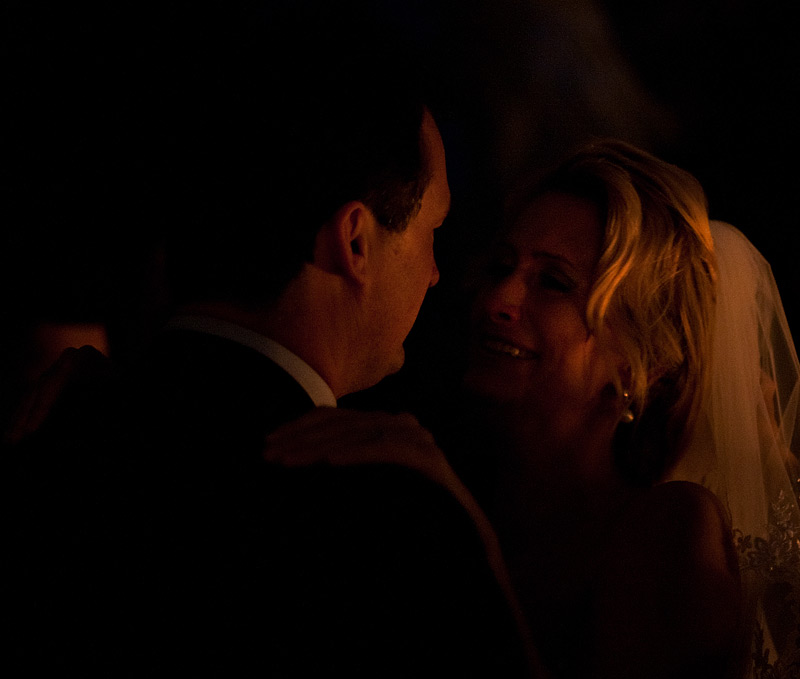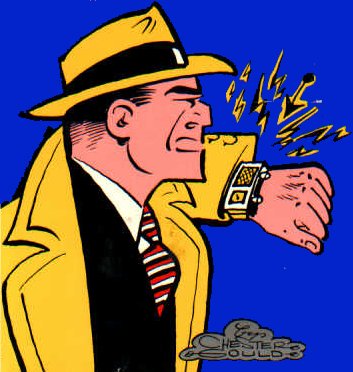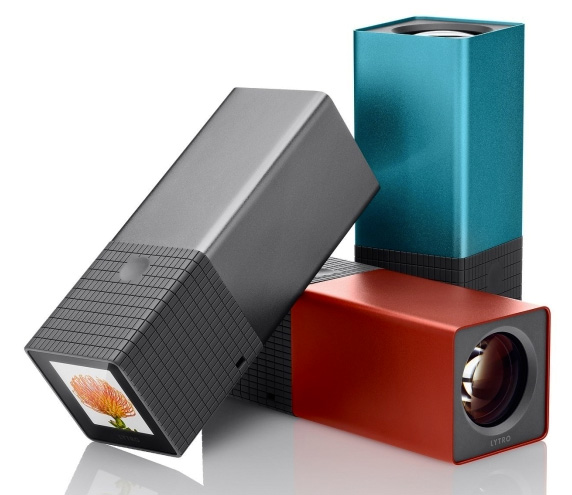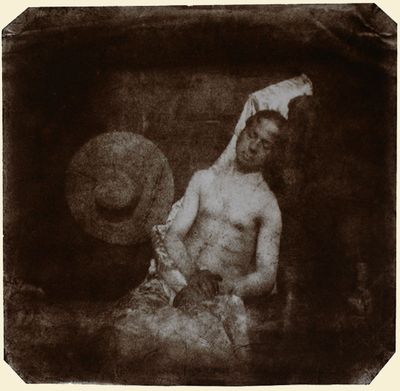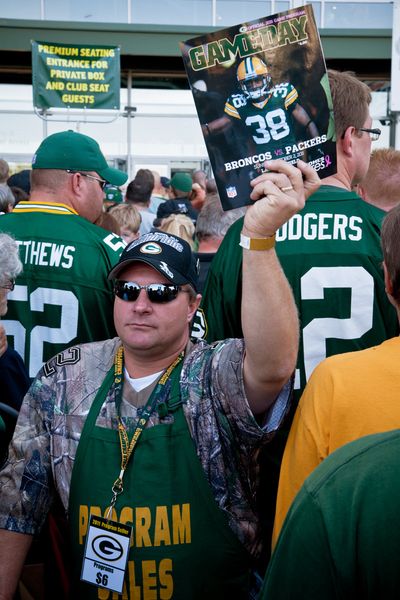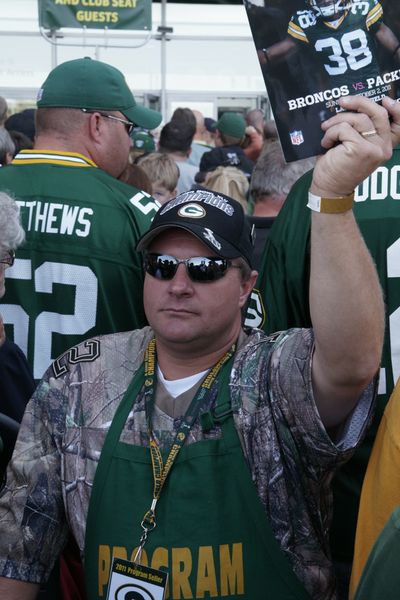So I mentioned in the previous post that Sigma digital camera devotees are a small but hardy band. Many of them hang out on the Dpreview Sigma Forum, withstanding a regular barrage of slings and arrows from trolls. And the members of the group (the sincere ones, not the trolls) are friendly and supportive of each other—some of them have even met up for photography outings and such.
Quick background, even though it's well known: Sigma has the exclusive rights to the Foveon sensor, which works like color film by layering the photodiodes one on top of another instead of placing them side-by-side as in a more conventional Bayer-type sensor. This allows each photosite to record RGB color information and gives Foveon sensors higher resolution than Bayer-array sensors. Unfortunately, this has led to a semipermanent dispute: Sigma likes to say that each photosite counts for three pixels, since it detects all three colors whereas a Bayer array only detects one; so it would call a sensor with five million photosites, for example, a "15 megapixel" camera. Competitors and their followers call foul on this, feeling that a photosite should equal a pixel, and claiming that a 5-MP Foveon sensor doesn't actually quite equal the resolution of a 15-MP Bayer-array sensor.
Arguments ensue.
The latest and greatest Foveon sensor debuted in the Sigma SD1 in 2010. It has a 3200x4800, 15.4-megapixel Foveon X3 sensor, which by Sigma's nomenclature means it's a 46-megapixel camera. (See preceeding paragraph.)
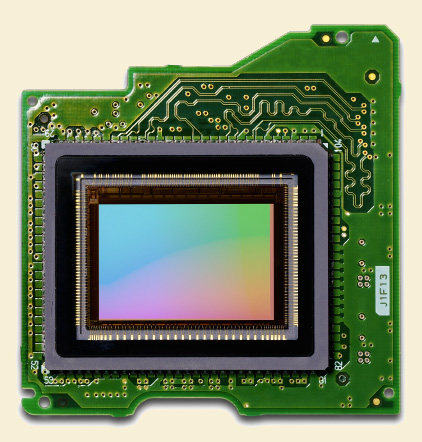
The Sigma Merrill Foveon X3 direct image sensor.
So anyway, let's let that sleeping dog lie where it lays, and move on. Recently, two denizens of the Dpreview Sigma Forum, Rick Decker and Kendall Helmstetter Gelner, had some 2.5x4-foot (30x48 in., ~76x121 cm) prints made from Sigma SD1 files, loaded them into a big cardboard box, and asked who would like to see them. The prints are currently on a circuit of the nation, wending their way from the home of one American Sigma Forumer to the next. (There might be a European tour as well, eventually.)
TOP reader and occasional contributor Jim Kofron was second or third on the list. Since he's in Kenosha, Wisconsin, not far from me, he kindly invited me down to have a look.
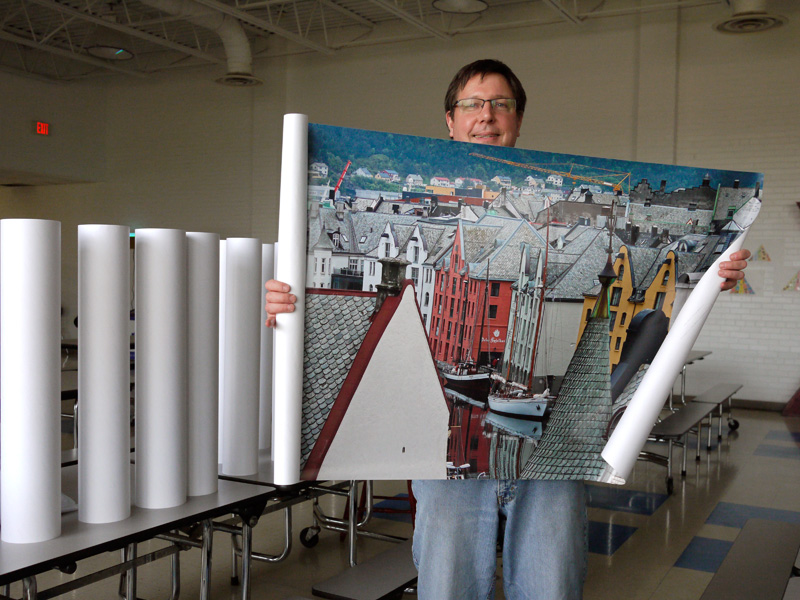 Jim Kofron holding one of the touring prints from the SD1.
Jim Kofron holding one of the touring prints from the SD1.
We met in a deserted elementary school lunchroom; Jim's wife Jennifer is a drama teacher, and a play (which Jim photographed) had just ended. We spent a pleasant hour unrolling the prints and inspecting and discussing them.
The indiputable conclusion: SD1 files are a lot closer to the output of 46-MP Bayer-array sensors than to that of 15.4 MP ones. Foveon sensors have a particularly beautiful output; they have a sort of vividness and clarity that, when everything clicks, can be quite lovely. Some of the prints, even at that size, were really good—just as photographic prints, never mind the technical forensics.
Really big prints are a curious subgenre of photography, one that's been given undue prominence of late because of the conflation of size with status in the art world. Art photographers now almost have to print big. For normal photographers, huge prints are problematic. Most of us don't have places to store them (a dirty little secret of the gallery world: a lot of collectors don't have places to store huge prints either, and some photographers whose work was actually intended to be larger have had to provide 16x20s to galleries because that's the biggest size some collectors want to buy). There are a number of aesthetic considerations that apply as well; some pictures work well big, others really don't. Technically, the bigger the print, the smaller the technical flaw it will expose or exaggerate.
The one Jim's holding works well at the very large size. The eye is drawn past the foreground rooftops and spire and in to the docked sailboats, which are presented in rich, satisfying detail.
Of the twelve or so prints Jim showed me (sorry, I didn't count), a couple of the pictures didn't "work for me" at the size; one picture "fell apart" technically because it just didn't have enough detail where it needed it (detail was, in general, in no shortage in the prints as a whole); one was relatively poorly printed (these weren't fancy custom prints, according to Jim, but inexpensive fixed-price ones); and one showed a serious lens flaw—decentering—with admirable, almost textbook clarity.
My favorites were a western rock face with petroglyphs visible, with two tiny people climbing around on the rocks; the picture Jim's holding, and a similar one of European rooftops; and—the best argument for the Foveon sensor, I thought—a woman sitting in a garden. About that last one: I think it's just impossible to have a reasonable complaint with it. It looks great, even at what I consider an excessive size. As an enlargement it beats medium format film fairly handily, in my judgement, and I'd even say that I've seen plenty of prints from 4x5 that aren't as rich in either color or detail. I've never seen a print from the A900 quite that big, but it at least holds its own with the oversized A900 prints I have seen.
The prints look rich rather than hyper-resolved—there's plenty of detail—detail enough, certainly, even from eight inches with my reading glasses on—but the detail doesn't dominate. It integrates as a whole with the picture.
A slightly-bigger-than-lifesize portrait worked wonderfully, too.
With any camera, some pictures will print better big than others. But with the normal and ordinary caveat that the picture needs to be one that "works" big, I'd have no trouble at all, personally, making four-foot-wide prints from the Sigma Merrill sensor.
The Sigma SD1 Merrill is available as of this month—as mentioned in the previous post, for a much more real-world price than what it cost when it first came out. And what might be, to some, even better news: Sigma plans to put the same 15.4 X3 (15.4/46 MP) Sigma Merrill sensor in a version of both the DP1 an the DP2—to be called, naturally enough, the DP1 Merrill and DP2 Merrill. (At the link, scroll down.) (The difference between the two is the lenses—one has a 19mm [28mm-e] lens, the other is 30mm [45mm-e].)
Many thanks to Jim for sharing the touring prints with me, and to Rick and Kendall for their generosity to their fellow Sigmaphiles. It's always nice to encounter a bunch of photographers with such a sense of community.
Mike
Send this post to a friend
Please help support TOP by patronizing our sponsors B&H Photo and Amazon
Note: Links in this post may be to our affiliates; sales through affiliate links may benefit this site. More...
Original contents copyright 2012 by Michael C. Johnston and/or the bylined author. All Rights Reserved.
Featured Comment by Rick Decker: "Mike: Re the picture Jim is holding. You may not have realized that you can see the top of a cruise ship which is in the harbor and then behind it in the distance the houses you see are on the other side of the bay. Also, which you probably noticed, you can read the company name on the crane on the right side. And this from a zoom lens. Thanks for the review. And your three favorites match mine."
Featured Comment by David Paterson: "I owned a Sigma DP1 compact for a short time. There was lots wrong with it but the colour it produced was way the best I have ever seen from a digital camera. The green part of the spectrum—usually difficult—was particularly beautifully and richly reproduced. It had a 5-MP sensor which competed pretty equally, detail-wise, with my two other cameras at that time—Nikon D2X and D300 DSLRs, both 12 MP. If the Sigma SD1 Merrill could take Nikon lenses, I'd be very interested."
Mike replies: Okay, but beware of those write times. Note that the above is not a camera review—it's a print review. As I said in my shortest-ever camera review of the DP2, "Shooting raw with the DP2 is like walking holding hands with a three-year-old: it's just gonna slow you down." I'm told if you shoot Raw with the SD1, write times are very slow by today's standards.
Featured Comment by Jim Kofron: "Mike, I really enjoyed our session with these prints. I've been a Foveon/Sigma fan for a long time, but I was surprised how good many of these prints looked. European Sigma fans should know that Kendall and Rick have apparently sent a batch of the prints over to Amsterdam, so the European tour has commenced!"
